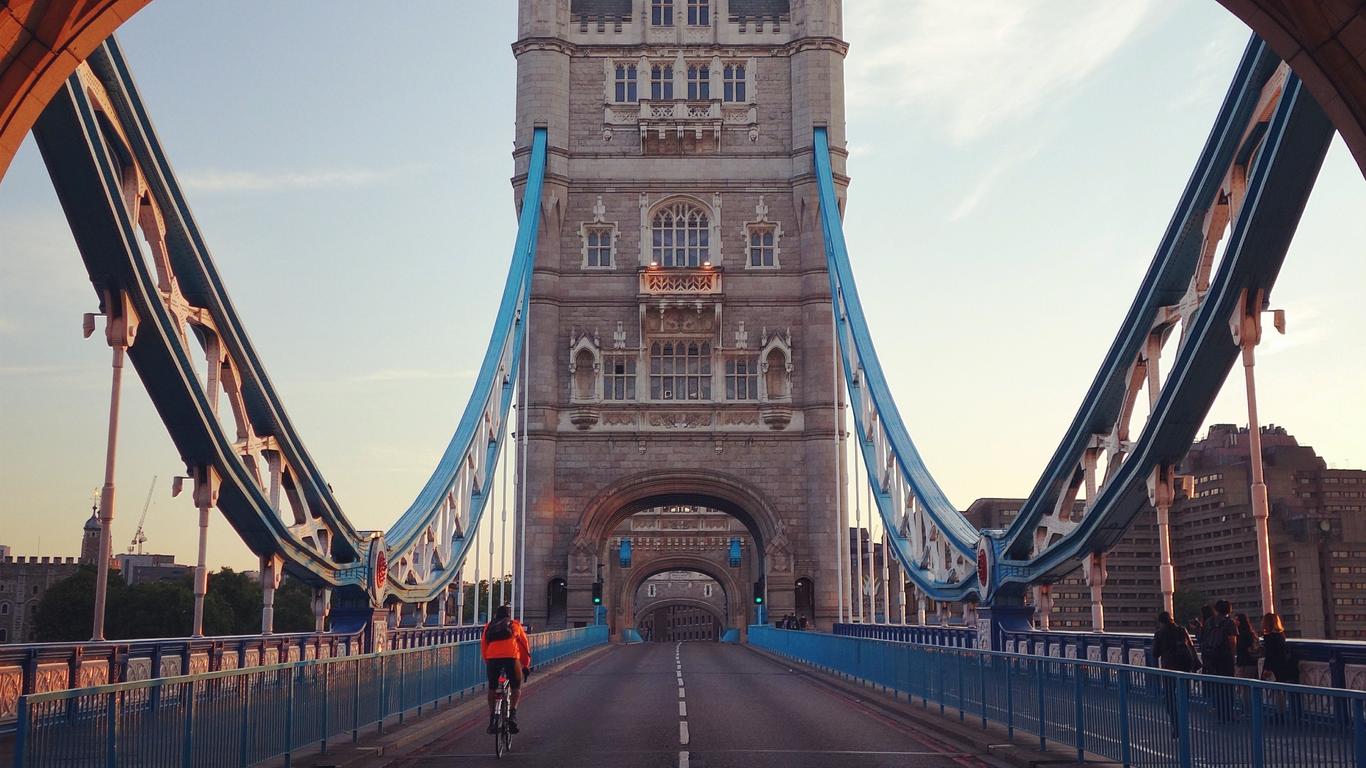19th century Tower Bridge is one of London's great icons, spanning the River Thames in the very heart of the city. It connects the Tower of London and St Katherine Docks on the north bank of the river, with London City Hall on the south bank.
For most visitors Tower Bridge is a postcard image, an unmissable photo stop that stands unopposed on the Thames. While most of London's famous buildings are in heavily built-up boroughs, this famous crossing only competes with boats for its place in the panorama. Tower Bridge opens a few times each day with the times published in advance online; this is a very popular tourist image.
Tower Bridge is open to traffic and pedestrians and it's free to walk over. The quickest access to the attraction is by using London Bridge (south bank) or Tower Hill (north bank) London Underground stations.
Visitors can also take a guided tour of the bridge and its high-level walkway. An exhibition illustrates the building of this bascule-style bridge and the mechanics of how Tower Bridge opens to allow boats to pass. The high-level walkway is glass-fronted, providing excellent views across London. Part of the walkway has a glass floor to look down on the red London buses and black taxis using the bridge.
Before the guided tours, the high-level walkways had been closed to people since 1910. In the bridge's early years these high walkways were avoided by pedestrians as they were a common haunt for pickpockets.





